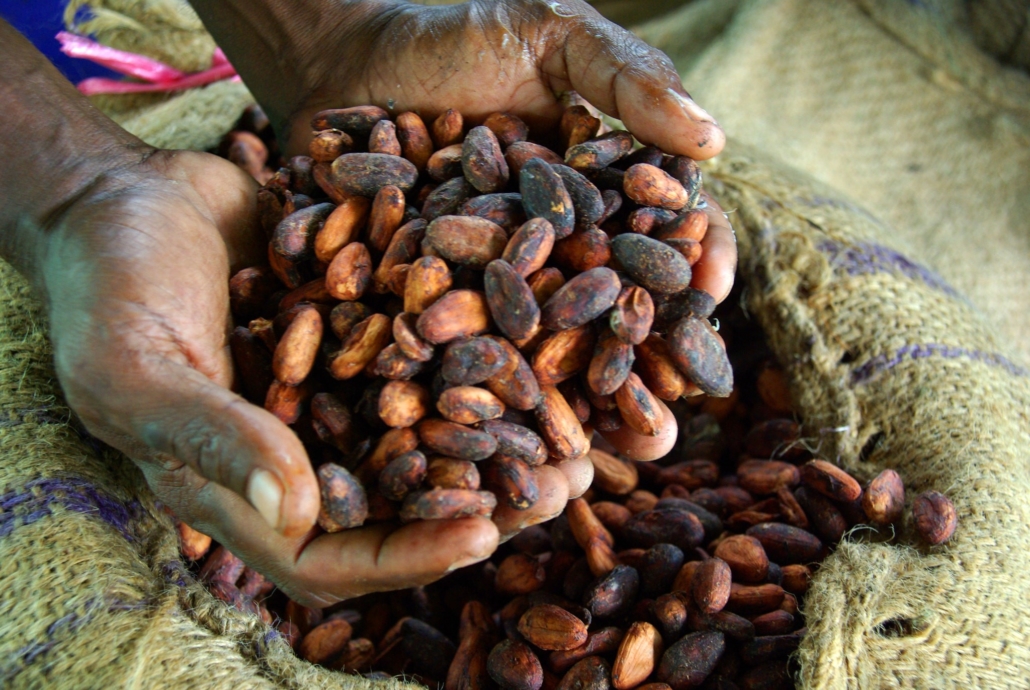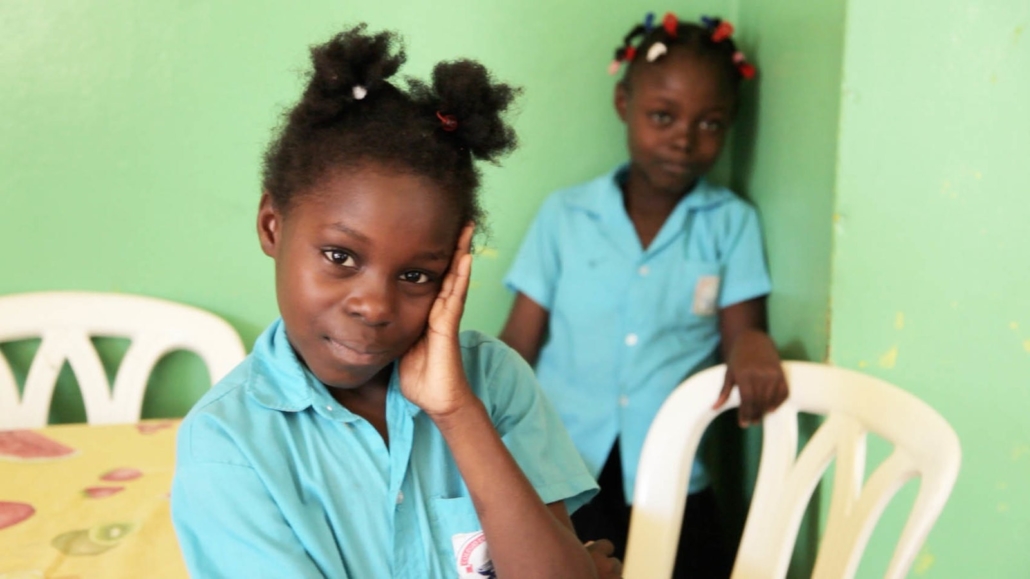 Life in Peru is rich in indigenous culture and beautiful landmarks such as Machu Picchu, Cusco and the Amazon jungle. Livelihoods in Peru take different forms as people from the countryside live in more traditional means, partly because of their Quechua origins and the location in which they reside. In the working world of Peru, children often work beside adults. However, the prevalence of child labor means that child poverty in Peru is also prevalent.
Life in Peru is rich in indigenous culture and beautiful landmarks such as Machu Picchu, Cusco and the Amazon jungle. Livelihoods in Peru take different forms as people from the countryside live in more traditional means, partly because of their Quechua origins and the location in which they reside. In the working world of Peru, children often work beside adults. However, the prevalence of child labor means that child poverty in Peru is also prevalent.
Rural Children in Peru
The significantly mountainous geography of Peru affects how citizens travel and exert energy to accomplish daily tasks. The land in Peru creates a large gap between urban and rural lifestyles. For a person who lives in rural land, it is normal for whole families to provide for each other because it is the most efficient means for survival.
Everyone plays a part, including the children, who have obligations to the rural Peruvian household. Project Peru states that approximately “28.6% of children between the ages of 6-17 already receive wages or are paid in kind.” Fulfilling duties to support the household is not uncommon. Earning an income while trying to balance schooling is a norm for many Peruvian children. Yet, prioritizing income over education only serves to exacerbate child poverty in Peru since education is a proven tool for breaking cycles of poverty.
Children Providing for the Household
Roughly 90% of Peruvian children work in informal job sectors. These jobs are often unregulated, putting children at risk of exploitation and dangerous working conditions. Some of these children work more than 45 hours per week — more than an average adult’s work schedule in the United States. The informal sectors contribute to 73% of the economy’s labor.
In the same instance, child labor usage significantly benefits unregulated, informal businesses, and as such, employers consider children to be assets. Hence, child poverty in Peru is commonly present because informal sectors take advantage of underprivileged rural children, often underpaying, overworking and exploiting these children.
An April 2008 study by Alan Sanchez shows that almost one in every two Peruvians lives in poverty. Meanwhile, 60% of Peruvian children live in poverty. Urban children do not experience the same hardships because they often do not need to provide extensive income for the household through child labor. For children from the countryside, however, life is vastly different.
The prevalence of child labor links to high rates of poverty and minimal opportunities for well-paying, secure employment that can provide enough monetary support for the whole household. In addition, a lack of social support from the government means families struggle to meet their basic needs without the economic assistance of their children.
The United States Intervenes
In response to the high rates of child poverty in Peru, in July 2012, the U.S. donated $13 million to Peru to reduce the usage of child labor. The donation helped make educational resources more available for rural children. The pilot program created by Peru had plans to support rural families to increase their income without relying on the employment of a child in the household. The director of the project, Maro Guerrero, said Peru is not against children working. However, children’s work should not interfere with their education and well-being. The pilot program was expected to yield positive results, however, there is little data available on the official achievements of the program.
“Free of Child Labor” Certification
In 2019, the government of Peru partnered with an NGO “to create a new label to certify family businesses” as “free of child labor.” This effort serves to help eradicate child labor in Peru. In 2019, roughly “1,500 small producers” were “preparing to be evaluated and due to obtain certification by 2020.” María Gloria Barreiro, director of the Development and Self-Management NGO, states that “It’s not about children not helping at home, it’s about drawing that line that divides help at home, training and learning activities and what constitutes a danger.”
The Peruvian government hopes that these child labor-free certified products will sell at a higher price, as with organic goods, improving the income of impoverished Peruvians. Barreiro emphasizes that to truly eradicate child labor, the certification must exist alongside social initiatives “to improve the economic situation of small producers and ensure their children have access to education.”
With efforts from governments and organizations that aim to reduce child poverty in Peru, hope is on the horizon for the impoverished children of Peru.
– Trever Lloyd
Photo: Flickr
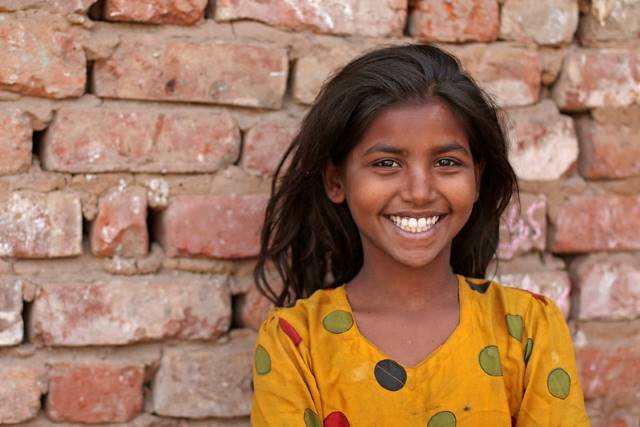 The COVID-19 pandemic has brought with it physical, social and economic impacts that have been felt worldwide. Developing countries, in particular, are more vulnerable to the effects of COVID-19. Furthermore, women and
The COVID-19 pandemic has brought with it physical, social and economic impacts that have been felt worldwide. Developing countries, in particular, are more vulnerable to the effects of COVID-19. Furthermore, women and 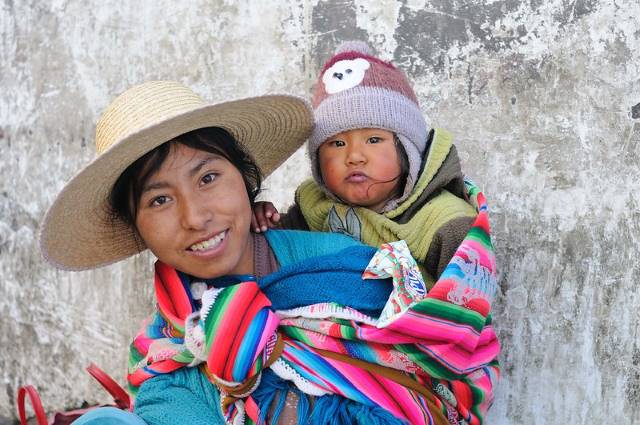 Bolivia is one of the most impoverished countries in Latin America. According to Children Incorporated, Bolivian
Bolivia is one of the most impoverished countries in Latin America. According to Children Incorporated, Bolivian 
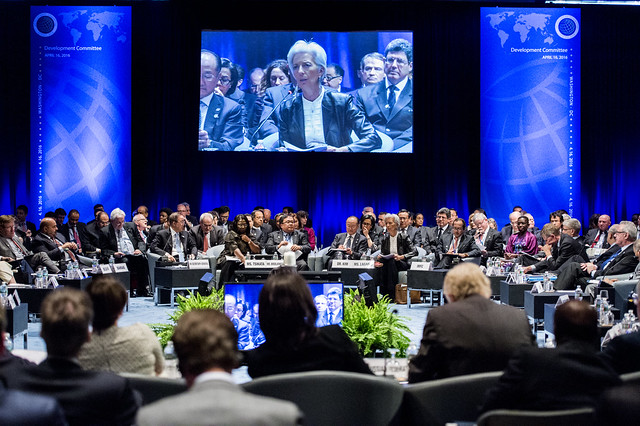
 Forced labor and commercial sexual exploitation of children are forms of human trafficking occurring around the world, including Bhutan. Limited research means
Forced labor and commercial sexual exploitation of children are forms of human trafficking occurring around the world, including Bhutan. Limited research means 
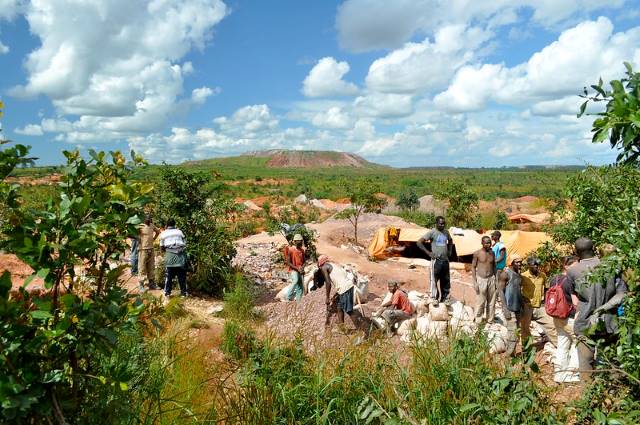 As the demand for electric cars increases, so does the need for the
As the demand for electric cars increases, so does the need for the 